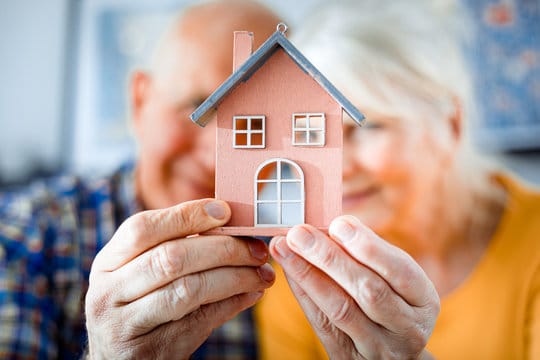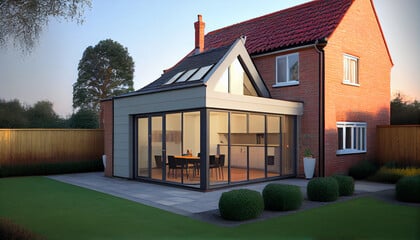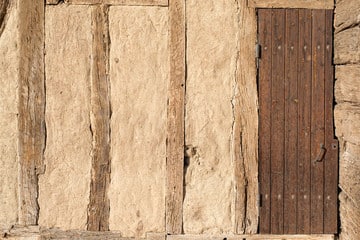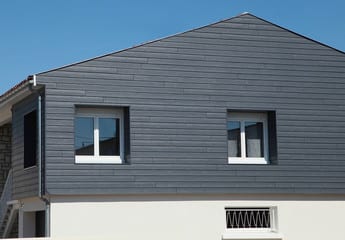In an aging society, it becomes essential to create living spaces adapted to the specific needs of seniors. Safety and comfort are essential aspects to take into account when designing a home for the elderly. In this article, we offer you a practical guide to adapt your home according to these criteria.
Improve security in the home
Fall prevention is a central element securing a home for seniors. Several measures can be put in place to minimize risks:
- Installation of grab bars in risk areas, such as stairs, the bathroom, or the corridor.
- Installation of non-slip coverings in damp places (shower, bathtub).
- Elimination of obstacles and clutter that could cause falls (furniture that is too low, electrical wires).
- Nighttime motion detection systems with automatic lighting.
In addition, compliance with electricity standards and regular checking of the proper functioning of security systems (fire alarms, smoke detectors, etc.) are essential.
Strengthen the security of doors and windows
Seniors may feel vulnerable to burglaries and other malicious intrusions. To remedy this, it is recommended:
- Opt for reinforced doors with a lock with several anchor points.
- Secure windows with locks or bars, depending on the degree of risk involved.
- Install an alarm system to deter burglars and alert in the event of an intrusion.
- To install a videophone so that elderly people can see who is ringing their doorbell before opening and thus avoid potential attacks.
Ensuring the comfort of living spaces
Adapting the house for seniors also means taking into account their needs in terms of comfort and functionality in their daily lives.
Storage and accessibility
In order to promote independence, it is important to facilitate access to everyday objects. Here are some ideas:
- Optimize storage : favor low or modular furniture, sliding drawers as well as low shelves to facilitate access to common objects.
- Arrange the kitchen : consider installing adaptable elements (height-adjustable table, retractable work surface) or equipping existing cupboards with easy opening systems (tilting doors).
- Ensuring accessibility to household appliances : Choose models with easy-to-use controls that are accessible from height (for example, a built-in oven at eye level or a raised washing machine).
Support mobility in common spaces
For people who have difficulty moving around, it is possible to arrange certain key areas of the house:
- Installing a stair lift will facilitate access to floors for elderly people who have difficulty climbing stairs.
- The pose of wheelchair access ramp, or walking assistance systems such as walkers.
- Replacing the bathtub with a secure, easy-access walk-in shower.
Adapting to the specific needs linked to aging
Depending on the senior, more specific arrangements may be necessary. Here are some examples:
Cognitive aging and memory problems
To combat disorientation as well as loss of spatial and temporal references, several arrangements can be considered:
- Use of bright, contrasting colors to distinguish spaces (for example, a different color for each room).
- Setting up clocks with large numbers, visual cues or reminders (magnetic boards, electronic memos) to help people with cognitive disorders get organized.
In short, adapting a home for seniors involves taking into account safety, comfort and the specific needs relating to aging. This often involves simple but essential adjustments to guarantee a peaceful and independent daily life for elderly people.







